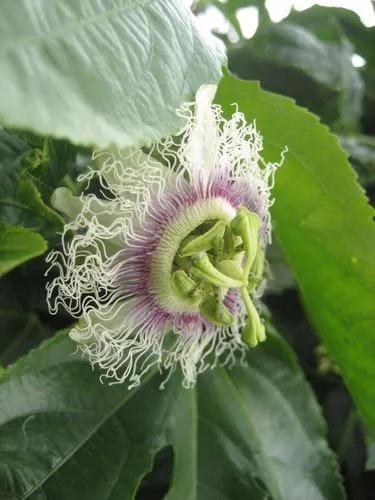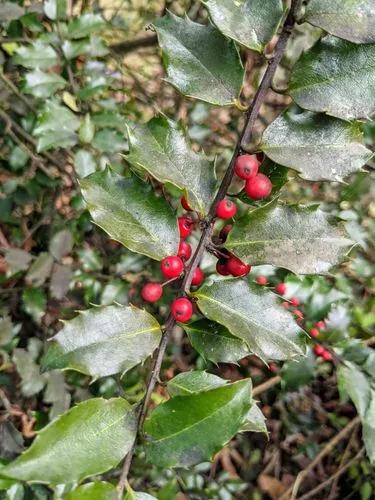Eastern Teaberry is a great plant to grow around your garden if you want to imitate a mountain-side landscape in your apartment. These greenies are easy to grow and care for. Teaberries make awesome indoor decor, especially around Christmas time.
Eastern Teaberry Care
Gaultheria procumbems



Originally from North America, this evergreen creeping bush is a perennial plant that will charm anyone with its beauty. It grows just a few inches above ground level and provides excellent ground cover for the shadier spots in the garden. Its glossy dark green leaves turn purple with the fall season and have an intense fragrance, especially if pinched. In June, the Eastern Teaberry will bloom with white bell-shaped flowers that will shortly turn into the eye-catching bright red fruit that lasts all the way through winter.
How to Care for the Plant

Water

Although Eastern Teaberry likes to have a somewhat moist soil. However, it can endure periods of drought and will do just as good if you forget to water it from time to time and accidentally leave it in dry soil. If you grow it in the garden, normal rainfall should be enough for your plant to grow.

Pruning

This is a slow-growing plant, so only a little pruning will be necessary. In time, you may need to prune it for aesthetic purposes, as the plant is a creeping one.

Fertilizer

Eastern Teaberry usually grows by itself in woody landscapes, so it is more adapted to the wildlife than you would imagine. You can boost the soil nutrients by adding natural compost in late spring.

Sunlight

The Eastern Teaberry bush thrives in many light environments, from full sun to deep shade, so pick a spot where it will compliment your garden or apartment.

Soil

The plant is suitable for light (sandy) and medium (loamy) soils and can grow in nutritionally poor soil. This plant ca tolerate acid and neutral soils and can grow in very acid soils.

Propagation

The easiest way to propagate this bush is by root cutting, which is also the most efficient. In late fall, divide the plant using healthy roots. Optionally, dip the roots in growth hormone, plant it in loamy soil, and keep the environment moist. Add thermal protection during winter so the roots can get strong enough.

Temperature

Your Eastern Teaberry will do best at temperatures between 60-65 °F (16-18°C), but it can stay alive at lower winter temperatures, although the foliage will get a purple color.

Container

This plant is usually grown directly into the soil, but you can also grow it in a pot deep enough for its root system. Eastern Teaberry is a slow grower, so repotting is necessary only after a few years.

Fun fact

Eastern Teaberry is not a randomly given name, as this plant is known for its medicinal purposes. You can make tea and tinctures from the berries and add them to your seasonal recipes. Have fun experimenting and enjoy their sweet-sour taste!

Popularity

81 people already have this plant 26 people have added this plant to their wishlists
Discover more plants with the list below
Popular articles






